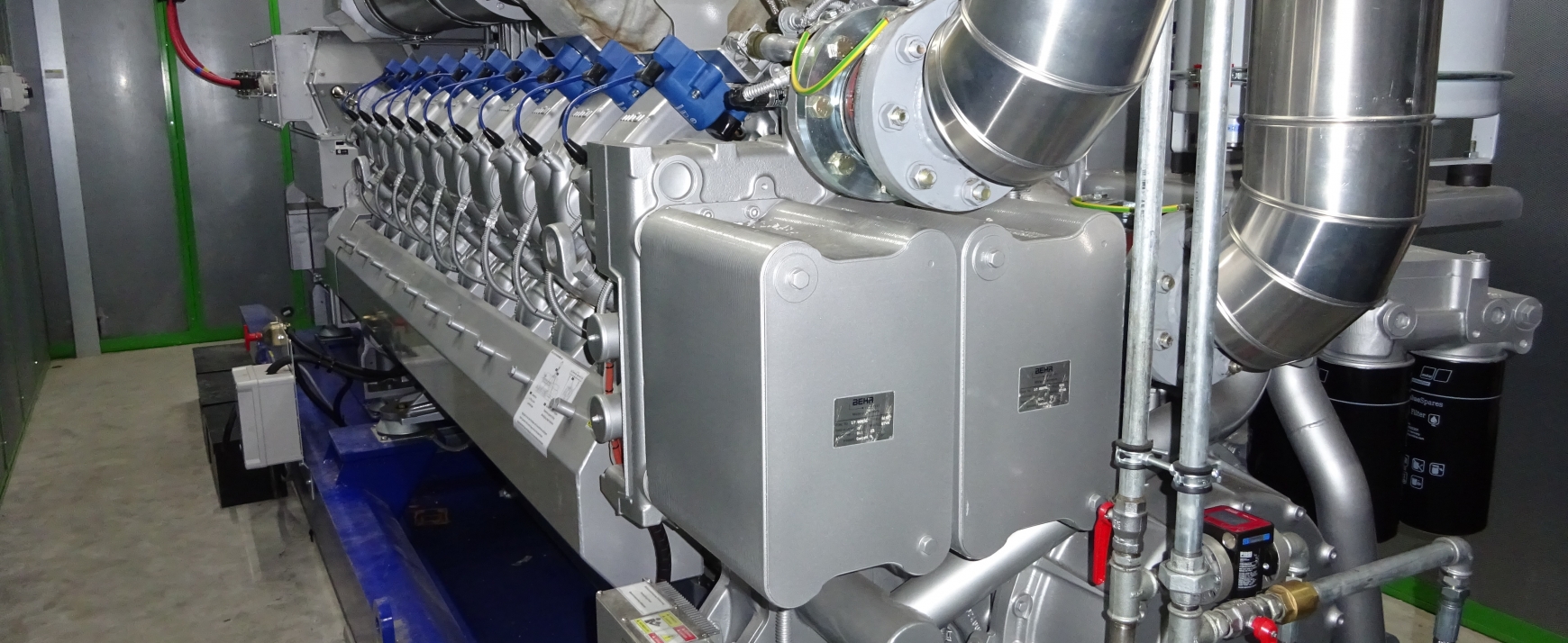We are finally seeing what is thought to be the ‘end result’ from OFGEM’s review of TRIAD income for embedded generators and it doesn’t look very good.
OFGEM have issued their ‘minded to’ paper or, in other words, ‘what we plan to do’. It is not yet cast in stone, but the writing is clearly on the wall. If you are especially interested in the detail of what it says you can read it here. The Energy Institute has produced a good overview, which is somewhat more digestible.
The bottom line is that TRIAD income, currently around £45/kW depending on your location, could be as low as £2/kW and, in some cases, ZERO!
It is suggested that the reduction will be phased in and, at this stage, we expect something like:
- Winter 2017/2018 – no change.
- Winter 2018/2019 – 1/3 reduction.
- Winter 2019/2020 – another 1/3 reduction.
- Winter 2020/2021 – at the final (low) level.
This change applies to any embedded generator, including natural gas CHP and any renewable generation.
Is there a silver lining?
Simple supply/demand leads us to think that there might be…
With TRIADs at current levels, the higher operating cost embedded generators run at teatime on weekdays in winter to ensure that they are exporting during the TRIADs. Whether they receive £40/MWh or £100/MWh for the electricity itself rarely affects their decision to run. They are arguably helping to keep the price of electricity down at these times.
However, by winter 2020/2021, they will only run when the electricity price is especially high. So less ‘supply’ but the same ‘demand’ suggests that the price of electricity at teatime in winter should increase. The trouble is, even if this is right, we will never truly know if the loss in TRIAD income has been offset by higher export prices because so many other factors affect the export price.
After all, who would have thought that the highest N2X price we have seen in recent months would have occurred in the middle of September?


